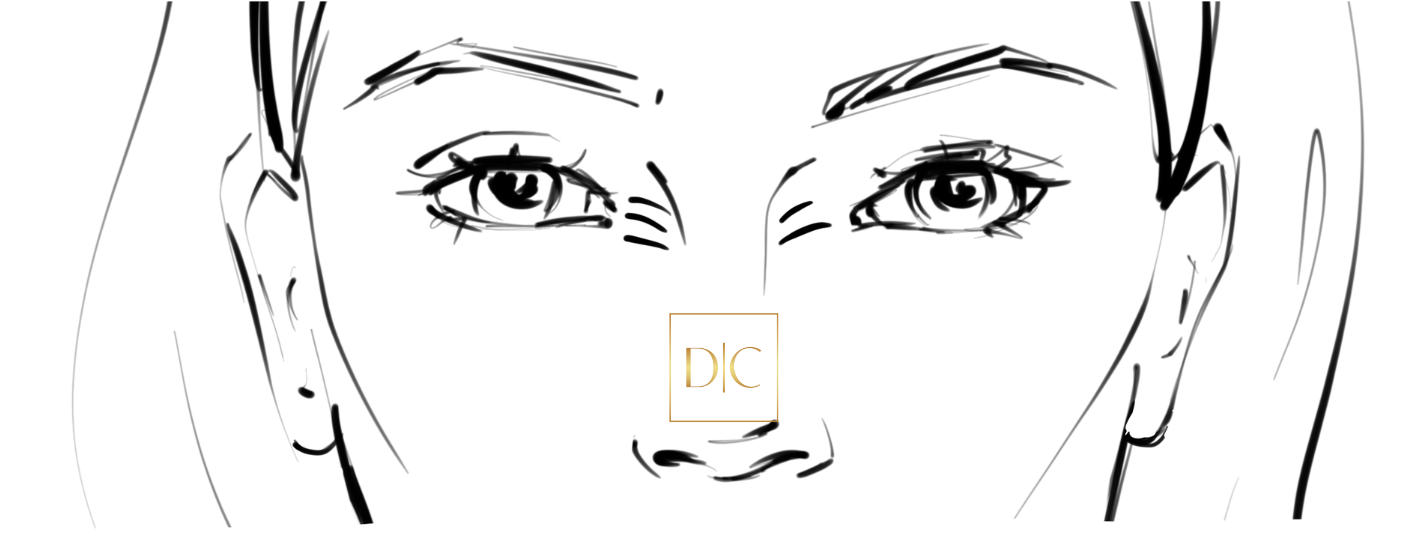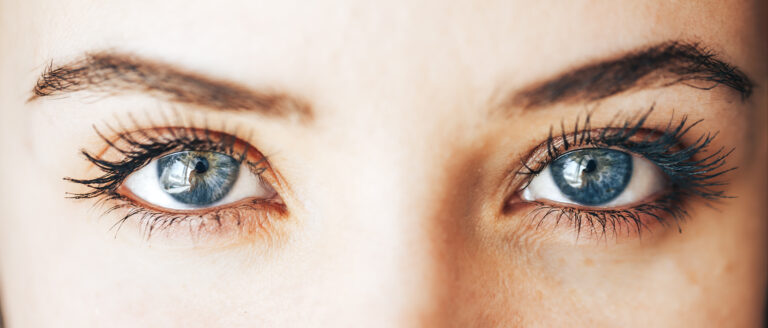Bunny Lines
Annoying lines that form on the sides of your nose? There is a solution! Through muscle relaxing treatments, these fine lines can be effectively reduced. By tackling ‘nose wrinkles’, you will look refreshed and more youthful, which has a positive effect on your self-confidence.
- Price: From €60
- Treatment time: 15 minuten
- Effect: 3 tot 4 months
What are 'nose wrinkles' or 'bunny lines'?
These fine lines are formed on either side of the nose by muscle contractions. They get their nickname from the movement of a bunny nose. They often become visible when someone smiles, but in some people they can be visible all the time. Excessive muscle movement can cause these wrinkles. Although they are not medically serious, they can be considered unpleasant and affect the overall appearance.

How does a 'nose wrinkle' treatment work?
This treatment involves injecting a muscle relaxant directly into the wrinkle-causing muscles. This relaxes these muscles, reducing wrinkles.

Procedure steps:
- Consult with the doctor about your wishes.
- Together with the doctor, determine the best approach.
- Photos will be taken beforehand.
- The treatment area is cleaned.
- The muscle relaxant is administered using a fine needle.
- After the procedure, you can continue your normal routine.

Expected results:
The first effects are visible within 3-5 days, but the full result manifests itself after about 10-14 days. You can then expect a smoother skin around your nose. The effects usually last 3-4 months. Regular repetition of the treatment can extend the duration of the effectiveness.
Care before and after the procedure:
Precautions:
- No alcohol 24 hours prior.
- Avoid blood-thinning medication one day before the treatment.
- Make sure you are not pregnant or breastfeeding.
Aftercare:
- Avoid lying flat and bending over for 4 hours after the treatment.
- Do not smoke or exercise during the first 24 hours.
- Do not massage the treated area within the first 24-48 hours.

Prijzen Spierontspanners (BTX)
-
1 zone (bv. frons of kraaienpootjes of voorhoofd) €150
-
2 zones (bv. kraaienpootjes + voorhoofd) €250
-
3 zones (bv. voorhoofd + kraaienpootjes + frons) €350
-
Face Slimming €300
-
Bruxisme (tandenknarsen) €300
-
Lip Flip €95
-
Gummy Smile €90
-
Nefertiti Neklift €300
-
Overmatig Zweten €450 kleine zone/ €550 grote zone
Een kleine zone komt overeen met oksels van een vrouw. Een grote zone komt overeen met oksels van een man.
-
Kleine zone (bv. browlift, mondhoeken, kin,...) of extra Vanaf €60
FAQ
Using a thin needle, muscle relaxant injections are administered into certain facial muscles. These ensure that the signals between the nerve and the muscle are blocked. This leads to reduced muscle activity, making wrinkles and lines less visible or even disappearing completely.
Within 2-8 days after the injection, the wrinkles start to fade. After about 4 weeks, the optimal effect is visible. This effect lasts between 6-8 weeks. From 8 weeks onwards, the effect gradually decreases. After 12 weeks, the effect is approximately halved and after 4 months, 80% of the effect has disappeared. Many patients choose to repeat the treatment every 3-4 months, but this varies per person. Men, people who exercise and people with a more muscular appearance may need larger and more frequent doses.
Although wrinkle injections are a medical procedure performed by a doctor and do carry some risks, they are generally considered safe with a low risk of complications.
- Common bruising and swelling at the injection site.
- Mild headache after injection in about 10% of cases, usually not longer than 24 hours.
- Drooping of eyebrow or eyelid in 2% of patients, can last up to 3 weeks.
- Sometimes multiple treatments are needed for best results.
- Infections are very rare.
The treatment causes minimal pain. There is a slight prick during the injection and a short burning sensation. Although the treatment itself only takes about 5 minutes, there are preparatory steps such as taking pictures, signing a consent form and disinfection, making the total appointment about 30 minutes.
Your aesthetic doctor Dr. Kim Detollenaere may advise you to frown or make other facial expressions often during the first few days.
- Avoid pressure on the treated area for the first 24-48 hours.
- Do not touch or massage the treated area, especially not within 24 hours.
- Wait to apply make-up until at least 6-8 hours after the treatment, or preferably until the next day.
Approximately 2 weeks after your initial treatment, a follow-up appointment is usually scheduled to assess the results. To maintain the effects, regular treatments are recommended; you can discuss this with your doctor during your appointment.
